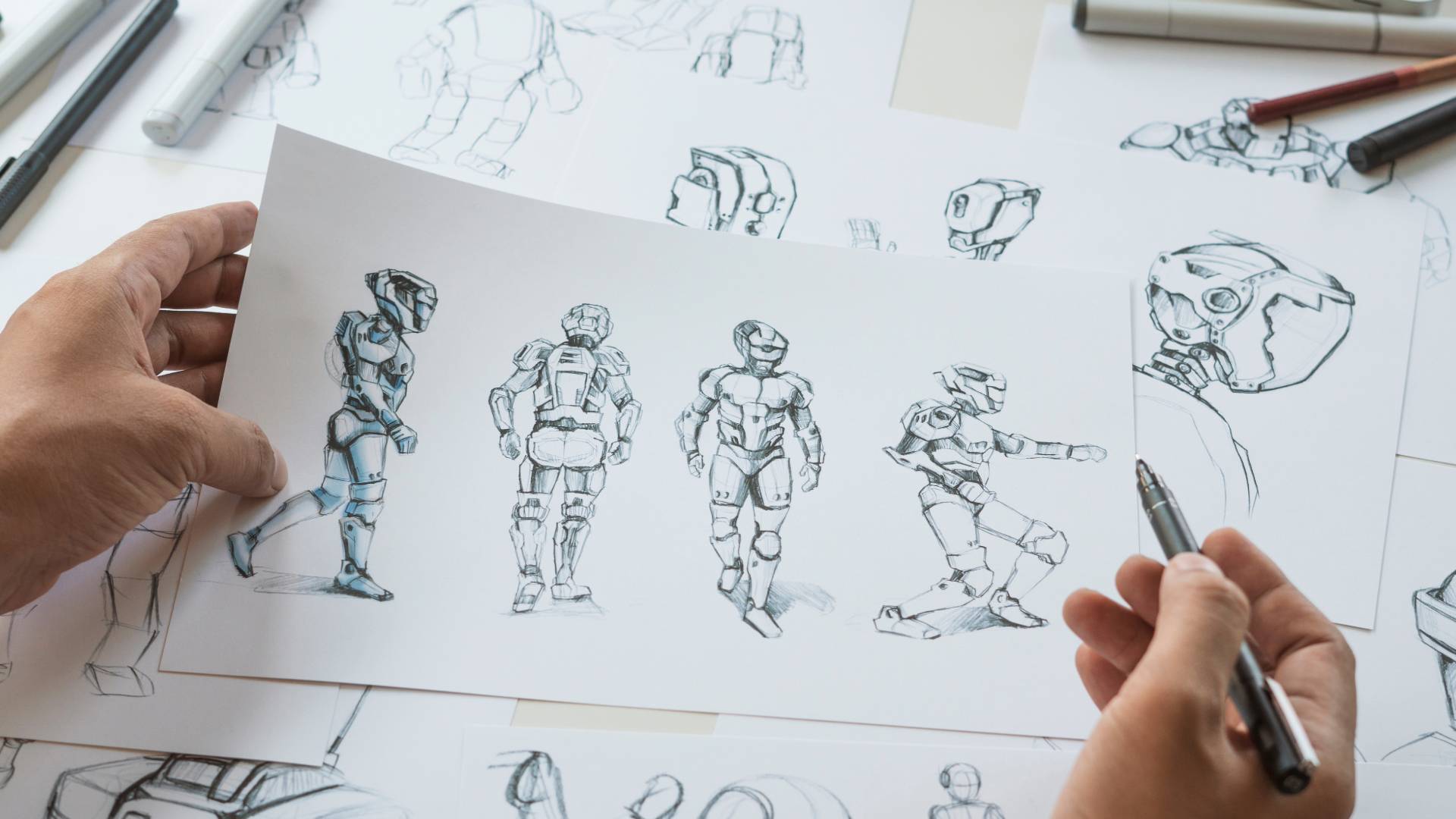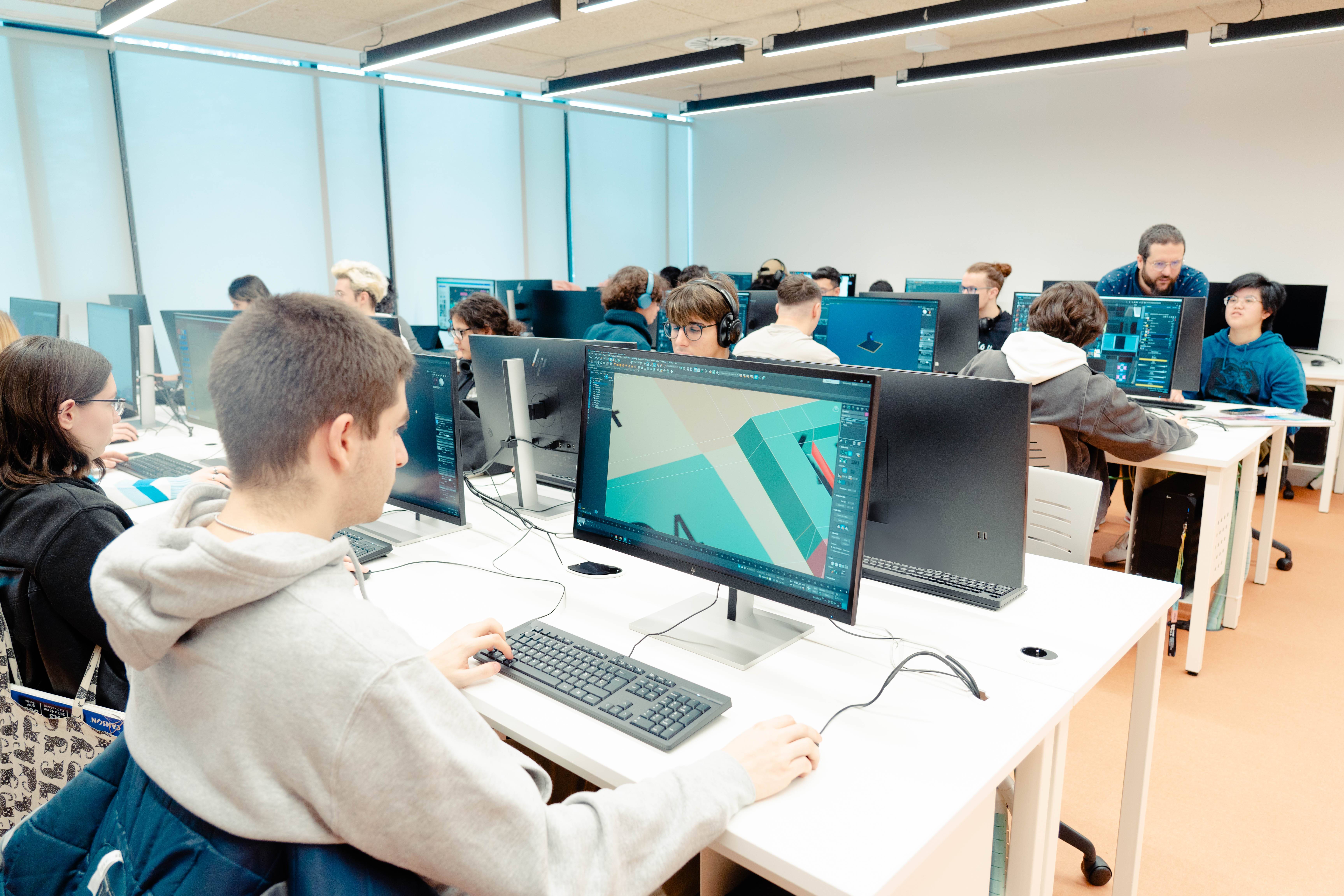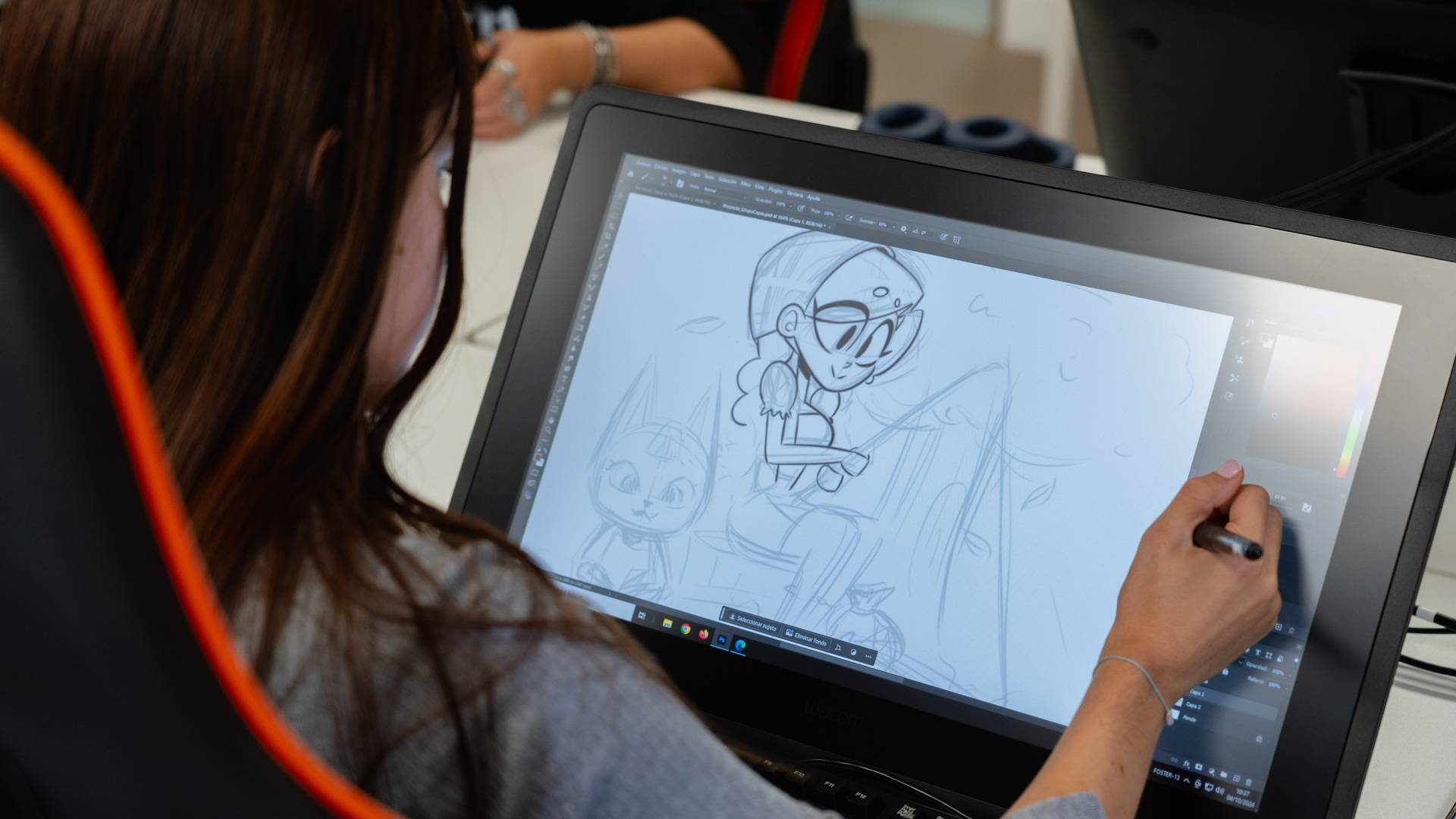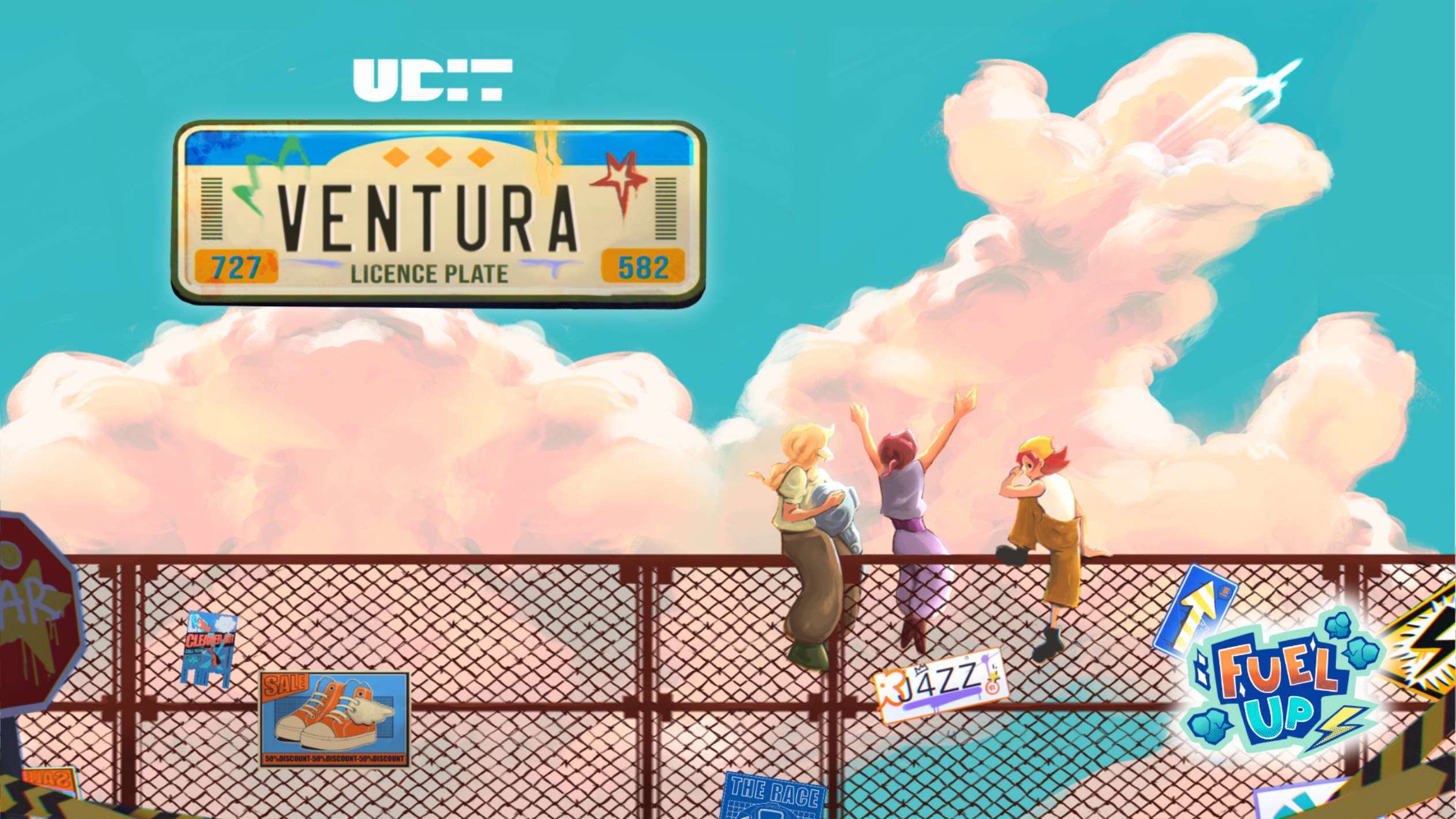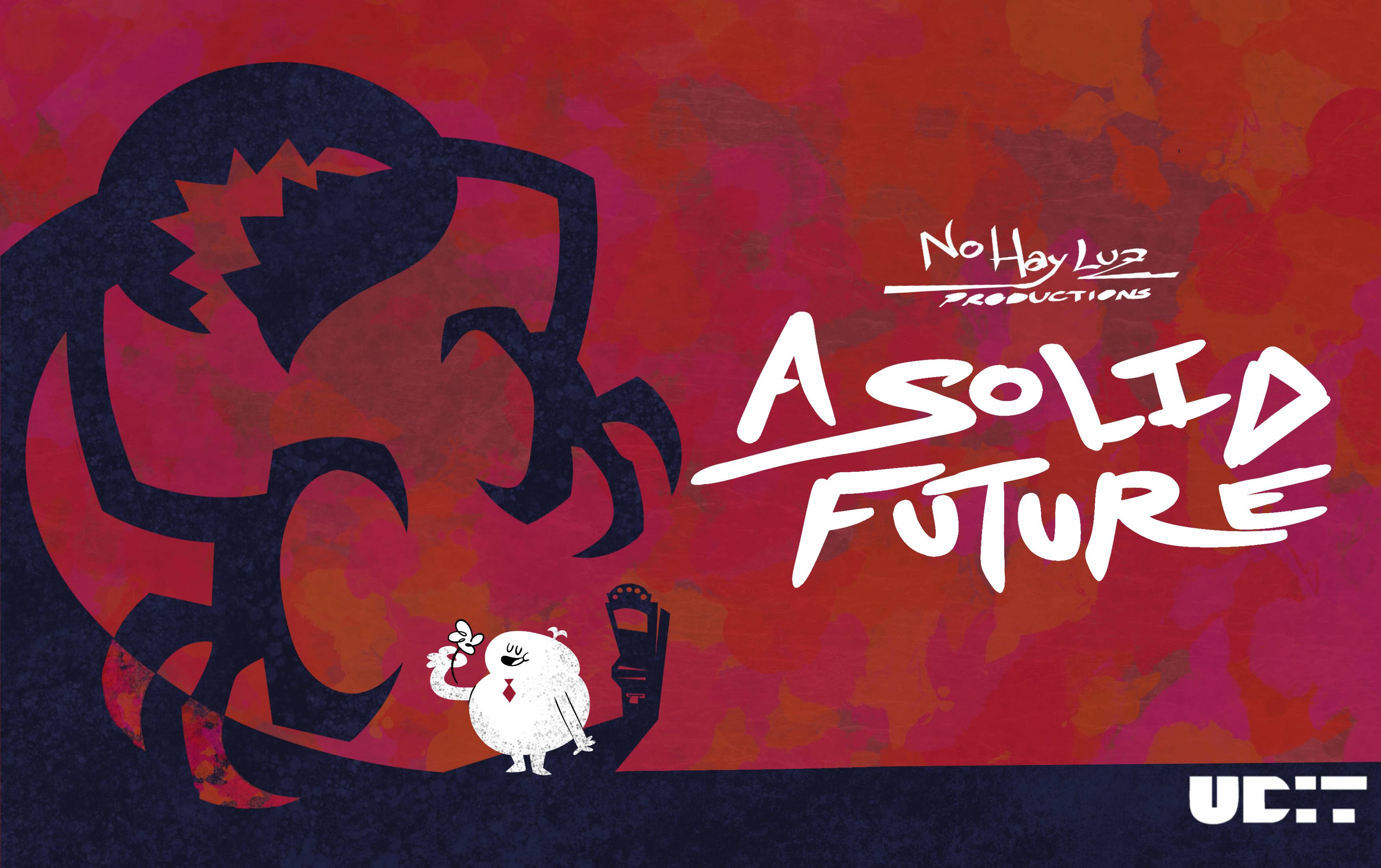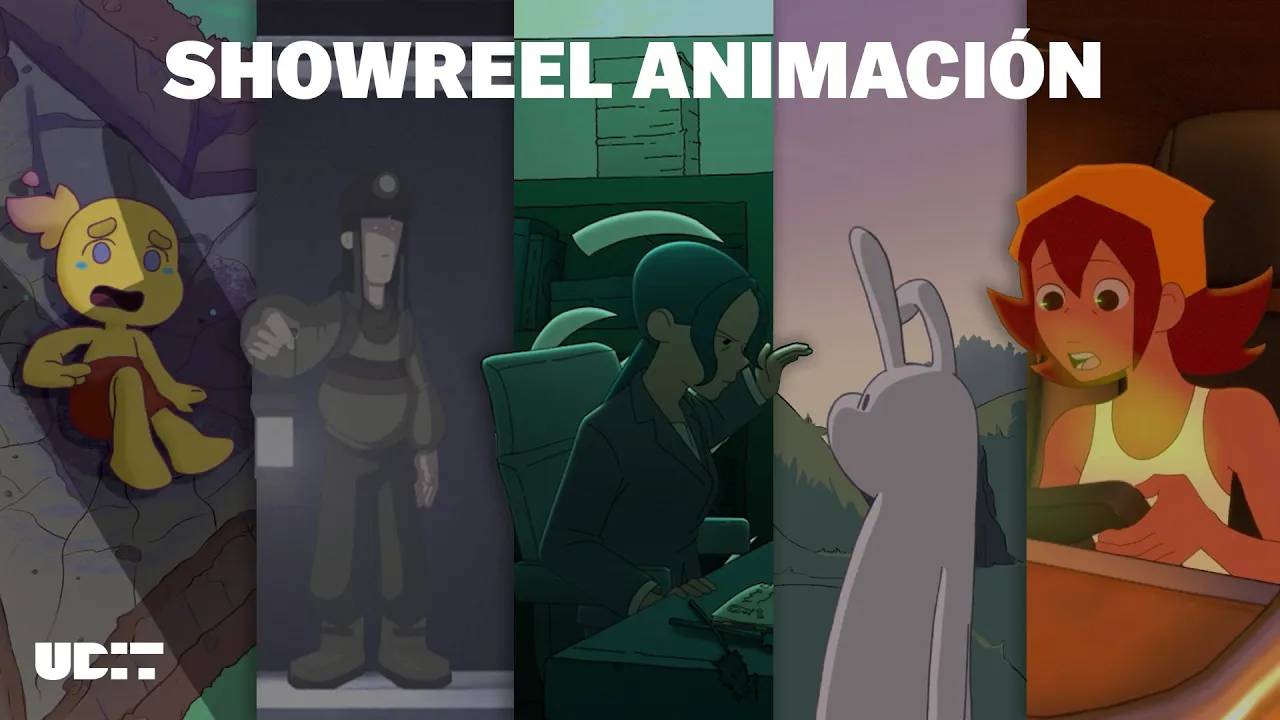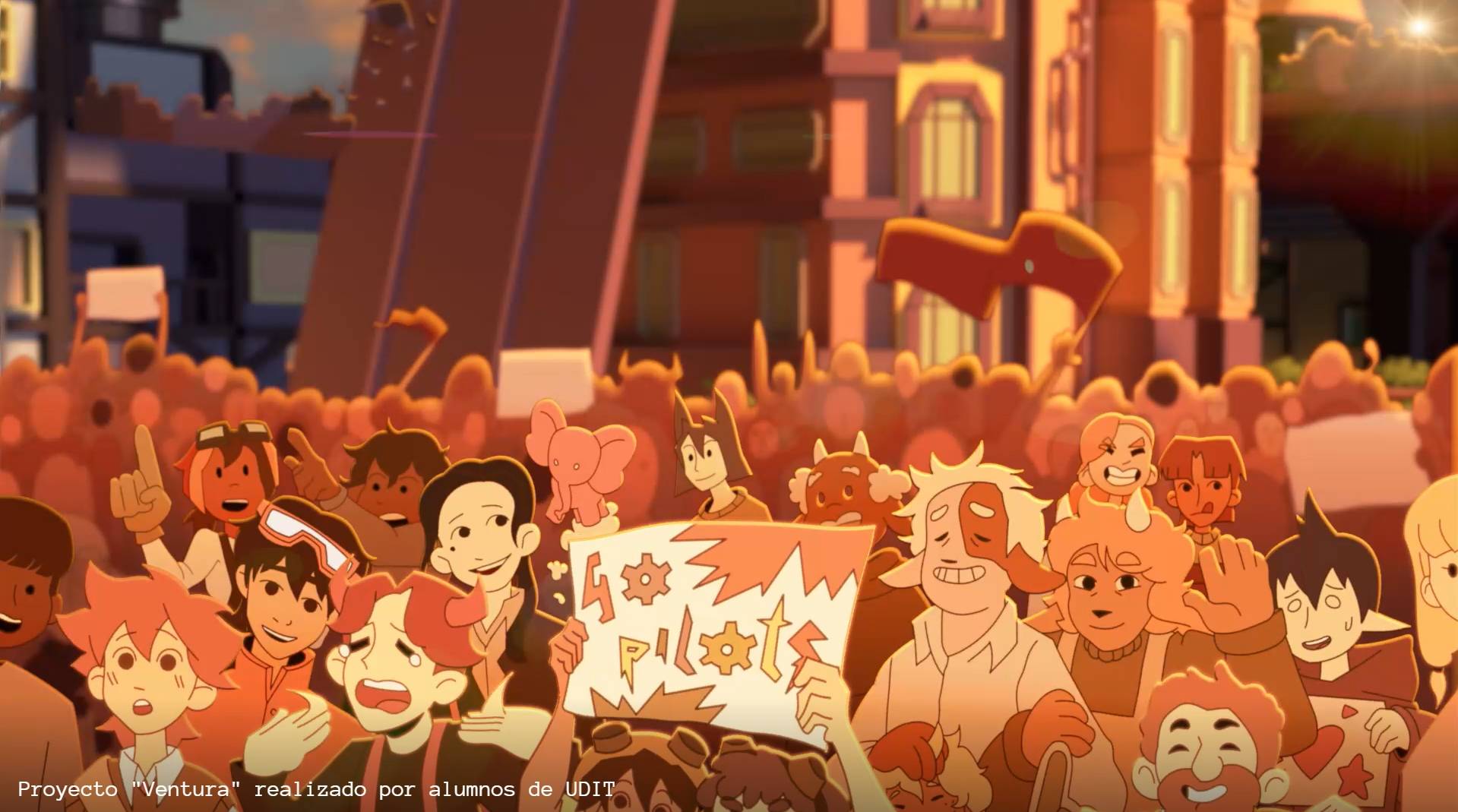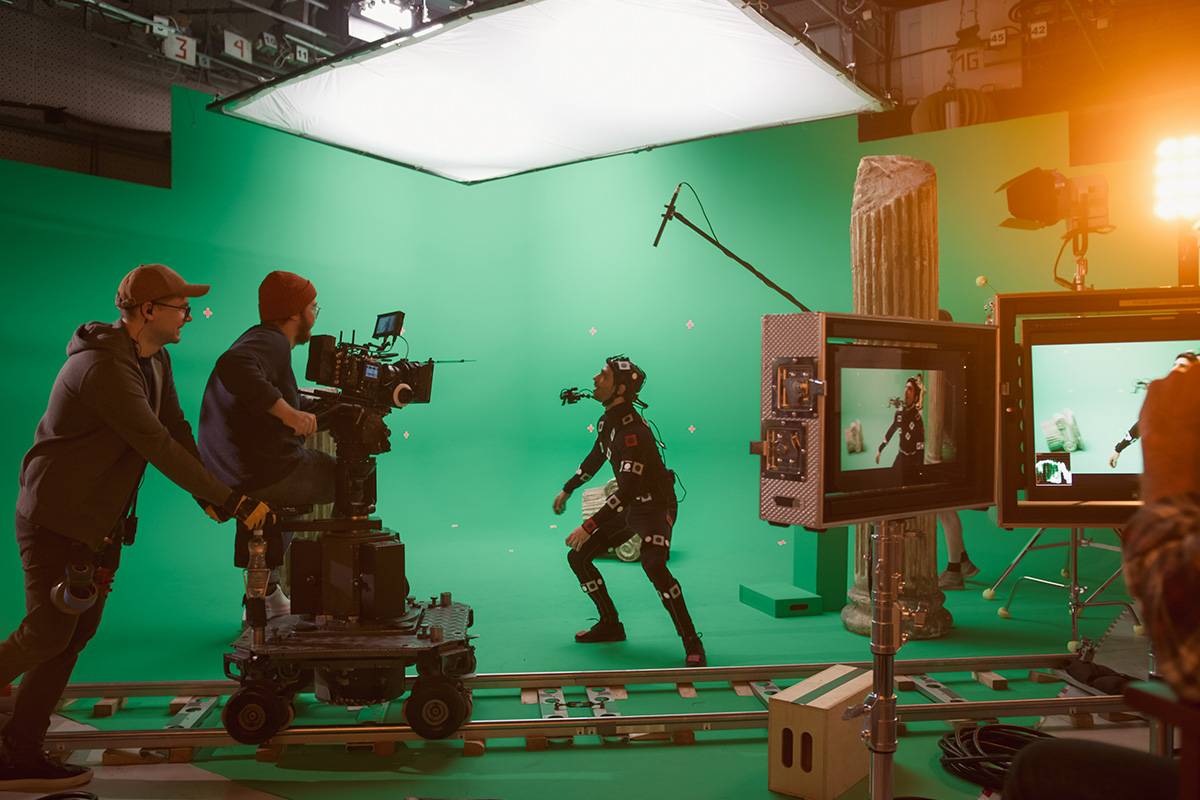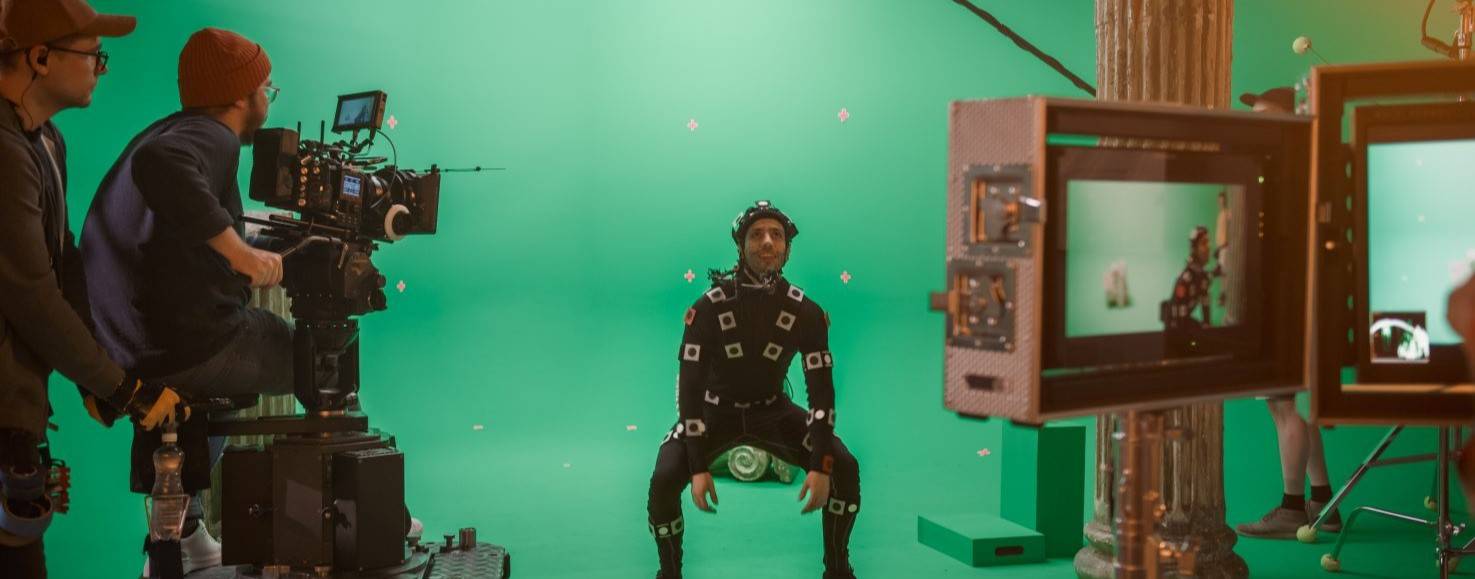Digital Animation vs. Traditional Animation: characteristics and differences
In the world of audiovisual creation, animation occupies a prominent place, able to bring stories and characters to life in ways that live action cannot. Over the years, animation and digital art have evolved significantly, moving from completely manual methods to techniques that integrate advanced digital technologies. If you are passionate about this world, at UDIT you can study the Bachelor's Degree in Animation with renowned professors. In this article, we want to explore in depth the differences and characteristics between traditional animation and digital animation, highlighting how each influences the creative process and the final result.
What is traditional animation?
Traditional animation, also known as cel (celluloid) or frame-by-frame animation, is a method of drawing each frame of animation by hand. This technique was the backbone of the animation industry until the advent of digital tools. Artists draw the characters and scenery on paper, making slight changes between each frame to create the illusion of movement when the sequence is projected at a constant speed.
Characteristics of traditional animation
1. Handmade: Each frame is drawn by hand, which gives the animation a unique and personal touch.
2. Time and effort: It requires considerable effort and time, as each second of animation can involve up to 24 different frames.
3. Materials: It uses materials such as paper, pencils, ink and paint, which involves a tangible physical process.
4. Visual style: It has a distinctive visual style that may vary according to the animator's drawing techniques.
5. Production costs: It is often more expensive and labour-intensive than digital animation due to the number of artists and the time required to produce each frame.
What is digital animation?
Digital animation uses specialised software to create the images to be animated. This technique has gained popularity since the 1990s due to its efficiency and ability to produce high quality animation with fewer physical resources. The programmes allow animators to manipulate objects and characters in three-dimensional space, adjusting their movement, shape and textures with advanced tools.
Characteristics of digital animation
1. Specialised software: It uses programmes such as Adobe After Effects, Maya, or Blender, which offer a wide range of tools and possibilities.
2. Efficiency: Allows for faster production and more agile changes, as elements can be adjusted and reused.
3. Creative possibilities: It offers options such as 3D animation, complex visual effects and integration with other multimedia techniques.
4. Costs: Although the initial investment in software and hardware can be high, it is generally less expensive in terms of materials and labour in the long run.
5. Accessibility: Facilitates remote collaboration and access to online resources and tutorials.
Key differences between traditional vs. digital animation
1. PRODUCTION PROCESS
While traditional animation requires a manual frame-by-frame drawing process, digital animation uses models that only need to be created once and can then be animated using software. This makes digital animation generally faster and less prone to human error.
2. STYLE AND AESTHETICS
The style of traditional animation is often warmer and more organic, reflecting the hand of the artist. On the other hand, digital animation can achieve a very high level of detail and precision, which is especially beneficial in genres such as science fiction and fantasy.
3. COST AND TIME
Traditional animation is labour-intensive and can be extremely costly and time-consuming due to the need to draw each frame by hand. Digital animation, on the other hand, significantly reduces production times and can be more economical in the long run, although it requires a significant initial investment in technology.
4. FLEXIBILITY AND CORRECTIONS
Making changes to traditional animation can be very time-consuming, as it often involves redrawing many frames. In digital, changes can be as simple as adjusting a model or animation in software, allowing for greater flexibility during the production process.
Both forms of animation have their unique merits and challenges. The choice between digital and traditional animation depends largely on the desired artistic style, budget, time available and the personal preferences of the animator or animation studio.
While some still prefer the tactile feel and unique style of traditional animation, there is no denying the efficiency and vast creative possibilities that digital animation offers. Ultimately, the future of animation is likely to see a convergence of these techniques, harnessing the best of both worlds to tell stories in ever more innovative and exciting ways.
But then, what is 2D and 3D animation?
Do you want to study animation at UDIT?
Animation is a fast-growing industry in the audiovisual entertainment market, with a high demand in the world of work. With our Degree in Animation you will learn to create animations in both 2D and 3D, as well as cut-out techniques, Motion capture, script, concept art, production, post-production and VFX with renowned professionals in the animation sector.
In addition, we have more than 2,700 agreements with some of the best universities in the world of Design and Technology so that our students can incorporate international and multicultural experience into their time at university.
If you want to focus your training on Animation, don't hesitate to contact us. We will help you to resolve your doubts and accompany you in the process of choosing your future.
What is the job and what professional opportunities does the Degree in Animation offer?
more information
7 reasons why you should study 2D Animation and 3D Animation

